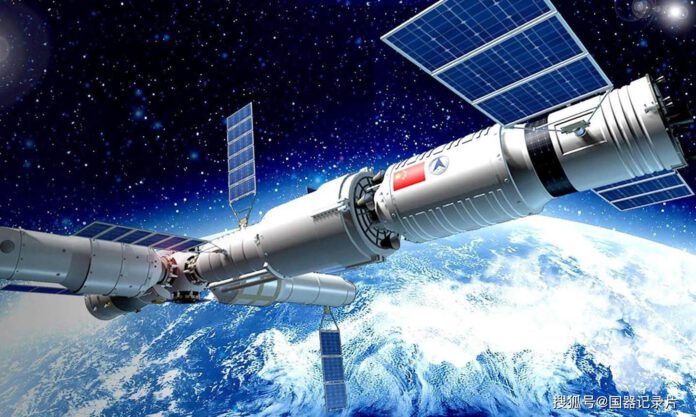
On April 29, 2021, the Tianhe core module was successfully launched, marking that the construction of the Chinese space station is on track. As early as 30 years ago, the Chinese had already anticipated today’s scene.
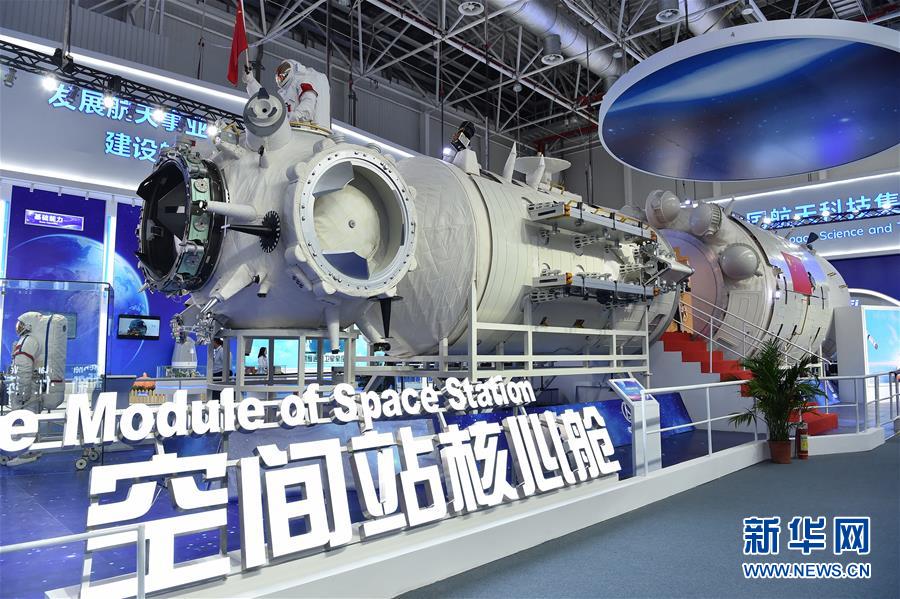
In the late 1980s and early 1990s, China started to plan manned space projects. The construction of a space station was the ultimate goal of the foreseeable future manned space development project. The R&D of the new generation of rockets such as Long March 5 and Long March 7, the development and key technologies verified and realized in each manned space mission ultimately serve this goal.
However, the Chinese dream of a space station started before the central government approved the manned space project in 1992. As early as 1968, there was another document called the Ten-Year Development Plan for Artificial Satellites and Spacecraft (Draft) that not only planned a 150-ton space station for China but also proposed plans for a reconnaissance orbiter and space destroyer. Although due to the limitations of the comprehensive national power and technological foundation at that time, most of the plans proposed in this document were not implemented within the time it was expected, it has far-sightedly pointed out the future direction for China’s aerospace industry.
The leader, also the host to draft the document is Mr. Qian Xuesen, a man who had led China’s aerospace industry throughout his life.
Underfunded space research
In April 1959, the Shanghai Institute of Mechanical & Electrical Engineering intensively developed the T-5 sounding rocket. Compared with the large rockets that the United States has successfully developed, the performance of this type of sounding rocket was very shabby. It was the reduced version of the German V2 rocket. Though the take-off weight of the entire rocket was only around two tons, the development work was unable to progress because no Chinese company could produce a hose that performed well under the boiling point of liquid oxygen, -183 degrees celsius.
Plus, at that time, China’s economy was in difficulties, and the fiscal austerity was not enough to provide enough funding to support rocket development.
The predecessor of the Institute was the First Design Institute of the Chinese Academy of Sciences established in Beijing to implement Chairman Mao’s 1958 call for participation in artificial satellites.
But when looking at the reality of the country at that time, Chinese scientists had to realize that China’s self-made industrial system and national economy could not support the complex and comprehensive projects of artificial satellites. After the central government in 1959 instructed that “the satellites are now not commensurate with the national power, and the space technology research tasks must be adjusted,” the Institute turned to the development of simpler sounding rockets.
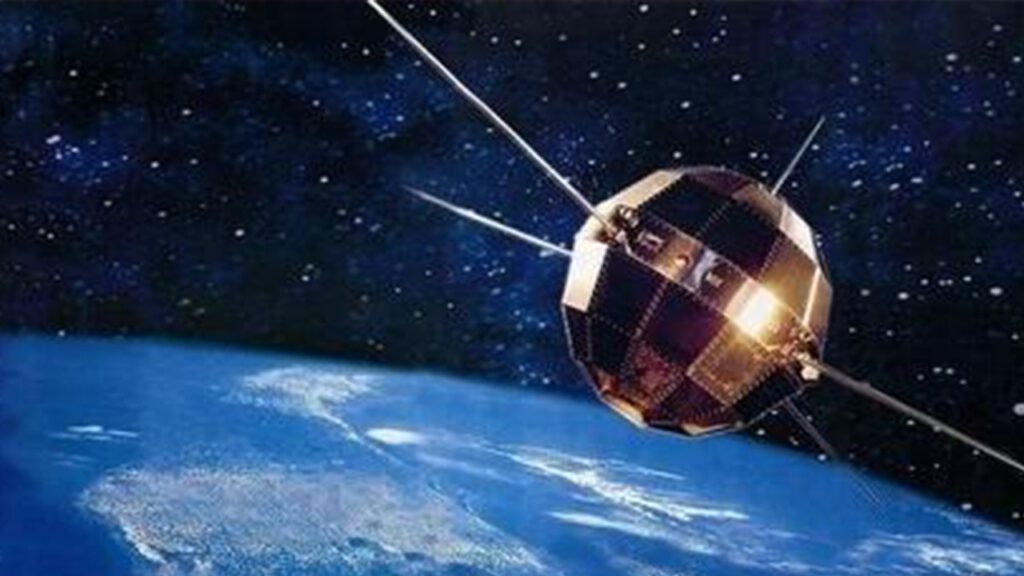
Seek technological breakthrough
In 1958, when the development of artificial satellites and launch vehicles had just begun, Mr. Qian Xuesen realized that if China wants to have better performance rockets in the future, China must carry out pre-research on high-impact fuel in advance.
At that time, the development of high specific impulse fuel abroad was still in the exploratory stage without enough references. Mr. Qian Xuesen led the Chinese Academy of Sciences to establish a high-energy fuel test base in Huairou, Beijing. After exploration, the fuel combination of liquid hydrogen and liquid oxygen was chosen as the development direction. In the 1960s, a liquid hydrogen/liquid oxygen engine was initially developed in China. The key power of the Long March 5 rocket, the core module of the Tianhe space station, and the Tianwen-1 Mars rover are all from two 50-ton liquid hydrogen/liquid oxygen engines. Their roots are in the test base built by Mr. Qian.
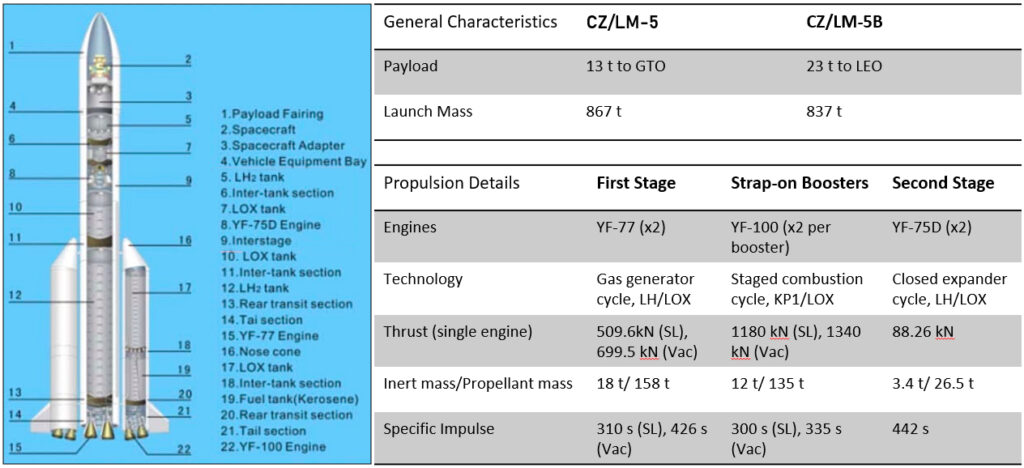
The two types of manned spacecraft planned in the “Ten Year Plan” were named Qianjun Bang 1 and Qianjun Bang 2, respectively equipped with the functions of strategic ground reconnaissance and offensive in space. Their names are derived from Chairman Mao’s poem “the Golden Monkey wrathfully swung his massive cudgel, and the jade-like firmament was cleared of dust,” which not only has a romantic spirit but also expresses the mission of defending the home and the country.
In addition, a reusable space shuttle with a take-off weight of 50 tons, which can fly back and forth between the earth was also planned in the “Ten Year Plan.”
For this type of spacecraft, Mr. Qian Xuesen put forward a preliminary idea in 1949, using a V2 rocket to transform it into an aerospace plane that can take off horizontally, and achieve rapid intercontinental transportation by flying outside the atmosphere. This idea not only inspired the U.S. X-20 test aircraft but also is considered to be one of the design inspirations for the U.S. space shuttle later.
However, the development of these complex spacecraft was almost impossible for China at that time. With the improvement of China’s comprehensive national strength and overall scientific and technological level, many of the far-sighted ideas in the “Ten Year Plan” have gradually become reality. For example, the Lighthouse 1 and Lighthouse 2 navigation satellites planned in the “Ten Year Plan” are the fundamental ideas of the Beidou global navigation and positioning system. After 2010, communication satellite platforms such as Dongfanghong 3B and Dongfanghong 4 were successfully developed and began to provide stable and reliable services, indicating the idea of ”Ion rocket-propelled, large-capacity synchronous orbit satellites” planned in the “Ten Year Plan” have been accomplished.
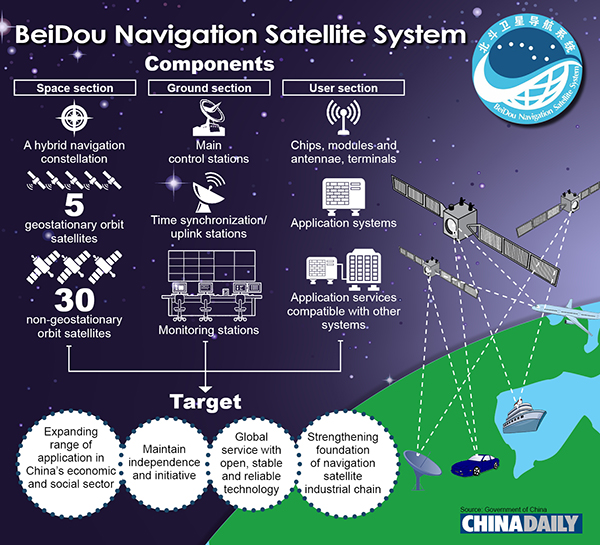
Concluding remarks
From Shenzhou 5 to Shenzhou 7, whenever astronauts triumphed from space, they would visit Mr. Qian Xuesen’s home to deliver a short report.
At that time, as the youngest professor of MIT, Mr. Qian Xuesen returned to the motherland where the national strength was undeveloped. He gave up a comfortable life, a good income, and fame from relating his name to “many first times for mankind.” Many Western media simply attributed the reason for Mr. Qian’s return to China to the prevalence of McCarthyism at that time.
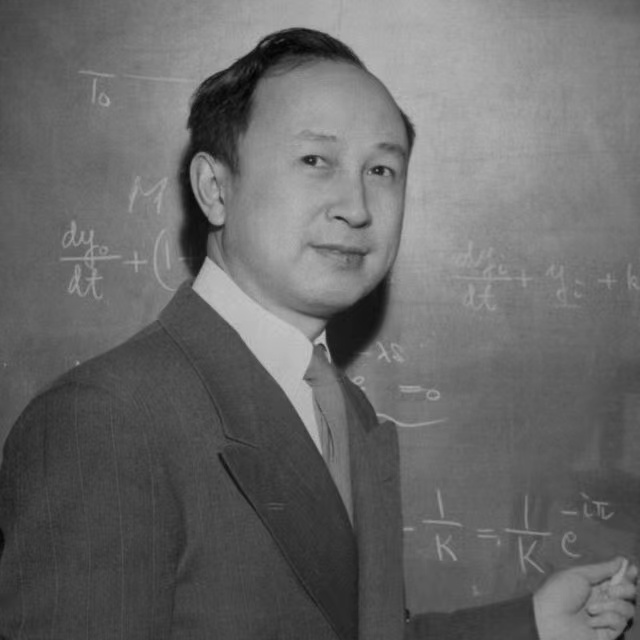
However, what they didn’t understand was that when Mr. Qian went abroad, his father wrote him:
“One should have qualities in life, such as philosophy, benevolence, righteousness, wisdom, loyalty, timidity, and filial piety.” “My son’s westward journey this time is not his ambition. You should return gently and back brilliantly.”
The feelings of family and country are engraved in every Chinese person. Although expressions and realizations vary in different forms, contributing for the prosperity of China is the common pursuit of the descendants of Chinese.
(Source: Xinhua, BBC, China Aerospace, China Daily, CGTN)



